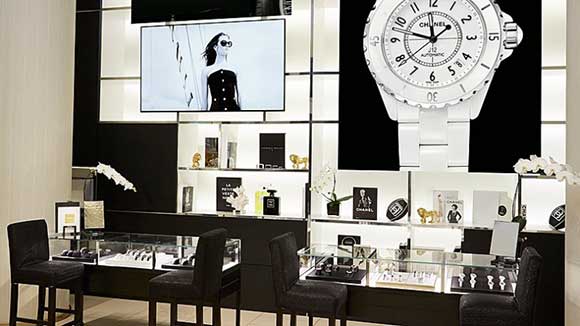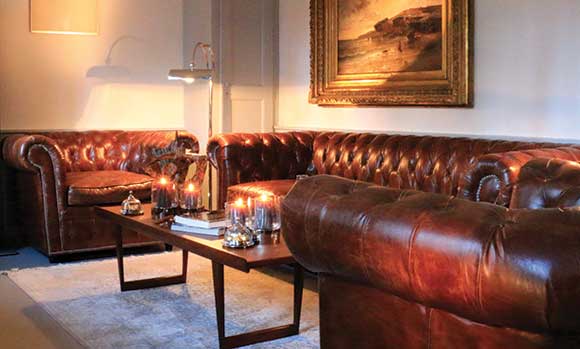Nobody can deny that the face of watch retailing has changed over the past ten years. The four big groups behind some of the biggest brands in the business: Swatch Group, Richemont, LVMH and Kering (ex-PPR) have invested heavily in what this Franco-centric industry likes to refer to as “boutiques”. The interest for the groups is obvious: the hefty margins paid to retailers, which can account for up to half the retail price of the watch, are funnelled back to the groups instead. In turn, however, the groups have to finance the entire retail operation themselves for each brand. As a kind of “win-win” compromise, many mono-brand stores are operated by local retailers for the brands.
But multi-brand retailers still need the big brands from the big groups to pull in customers. And they often have to take these brands on the condition of stocking other brands from the same group. The independent brands are therefore left to compete with others for the remaining space. At the bottom of the pecking order, the smaller independent brands are finding it increasingly difficult to enter conventional retail channels, with the more adventurous looking for entirely new ways of reaching out to customers.
Bespoke retailing
Romain Gauthier faces an additional challenge in selling his high-end timepieces. Although the brand is popular and retailers are keen to stock it, his target customers are less keen to be seen shopping in such stores and thus remain out of reach.

Pop-up stores – from fashion to high-end watches
Capitalising on the proximity to the customer, a concept as old as the market stall, Chanel has adapted the idea of the pop-up store from the fashion industry for selling its iconic J12 collection. But the brand aimed high, settling for nothing less than the location of the luxury Le Printemps department store nestled under the glass pyramid of Le Louvre, the most-visited museum in the world. The luxury goods department of Le Printemps in the commercial area of the museum allows tourists to meet their two main reasons for visiting Paris: culture and luxury shopping.
The store was open for three months over the summer of 2014 and was dedicated exclusively to the brand’s timepieces. Chanel have not given any hint of the success of the operation, but Le Printemps at the Louvre expects its revenues to top €20 million this year. And the Louvre expects attendance to increase by 30% over the next ten years. Chanel’s pop-up store is therefore unlikely to remain an exception, especially with other watch brands already present in the Carrousel du Louvre.
Exhibition-cum-store
“The biggest challenge for us is not designing or producing watches or movements. It is selling them,” says Pierre DuBois, co-CEO of the independent watch brand Pierre DeRoche. With a production of around 250 watches per year, the brand is finding it increasingly difficult to tap the existing retail network.

On the occasion of its tenth anniversary, Pierre DeRoche inaugurated an exhibition at a unique new type of retail location on the shores of Lake Geneva. Far from the bustling centre of Geneva, in an 18th century building complete with its own natural spring, Roman Buchi has set up an exhibition and retail space with a club atmosphere near the lakeside village of St. Prex. Here he sells his own jewellery designs and selected other brands, including Pierre DeRoche. “Brands & Roman”, as the young enterprise is called, offers visitors and members of its own Club B&R the chance to view the exhibits in a relaxed atmosphere away from the hustle and bustle of Geneva and Lausanne.
You have to consciously visit the place, of course, which discounts any possibility of passing trade. But visitors can expect an eclectic mix of items from handcrafted shawls, and vintage cameras to artwork, watches and jewellery designed by Mr Buchi himself.
The rebel’s club
Hautlence is taking a more mono-brand approach with a view to setting up Hautlounges, where visitors can immerse themselves into the brand. Like monobrand stores but without the expense, such clubs offer an exclusive environment for a brand to portray itself as it wishes. This is all the more important for a brand such as Hautlence, which has just reinvented its image, asking its customers and fans to “Cross the Line” and show a rebellious streak – something that may be frowned upon in a more traditional retail setting.
With the dominance of the big groups set to continue for some time to come, such novel approaches may take on an ever-greater importance in watch retailing. The spoils will be reaped by brands like those above who have taken the risk and sought out alternative solutions to this problem.








